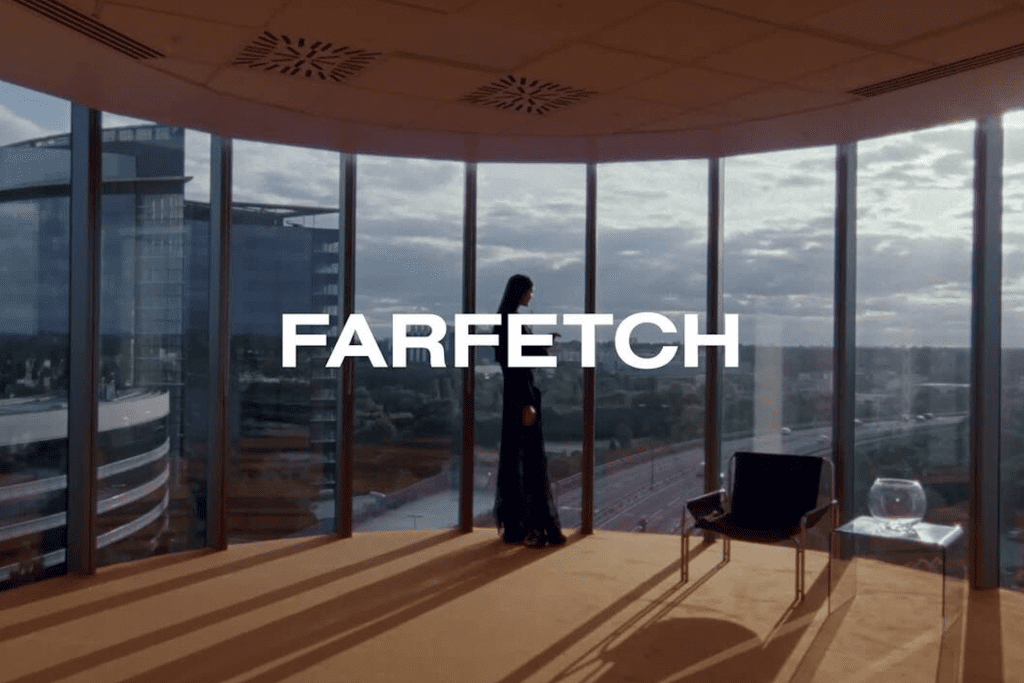Allbirds filed its highly-anticipated S-1 with the U.S. Securities and Exchange Commission on Tuesday ahead of its impeding initial public offering, which will see the company list on Nasdaq under the ticker “BIRD.” In light of widening losses ($21.1 million for H1 of 2021, up from $9.5 million in H1 of 2020), the brand says that it has “spent the past five years investing in a foundation for materials and product innovation, global reach, and cross-channel distribution,” and now is looking to “ramp [up its network of stores] towards hundreds of potential locations in the future,” growth its international footprint, and “further personalize and grow its digital [channels].” Beyond that, Allbirds is angling to further broaden its footwear offerings, including in the athletics space, and expand to “a number of apparel categories that complement our footwear line.”
In a nod to the emphasis that a growing number of companies and consumers are placing on Environmental, Social, and Governance (“ESG”), San Francisco-based Allbirds – which was founded in 2015 and is best known for its lineup of eco-friendly wool trainers – drops the three-letters 91 times in its nearly 60-page S-1; it mentions “carbon” 114 times, “sustainability” 112 times, “climate” 51 times, and “green” 45 times. All the while, Allbirds sets out its “Mission, Vision, and Purpose” in the new filing, stating, “We make better things in a better way, through nature—products that people feel good in and feel good about, [and] we aim to reverse climate change through better business by empowering people to make better, more conscious decisions for themselves as well as the planet.”
That mission (and whatever the company opts to adopt as its public benefit, which will be disclosed in an upcoming filing) is in line with Allbirds’ operation as a public benefit corporation under Delaware law, a status that enables its board to balance generating returns for shareholders and pursuing its social and environmental purpose. Much has been made in the media recently of Allbirds’ benefit corporation status and its B Corp. certification, which it has held since 2016, particularly in connection with the fact that company’s impending IPO brings with it returns-seeking public shareholders, but in reality, there is more to the equation when it comes to Allbirds ability to uphold its ESG aims as a public company than its legal status.
A Signal to the Market
A company’s B Corp. certification and its status as a benefit corp. is more of a “signal to the market that this is the kind of company they want to be than it is any sort of legal constraint on the business,” Brian JM Quinn, a professor at Boston College Law School, who focuses on corporate law, M&A, and transaction structuring, tells TFL. In Allbirds’ case, the more significant element at play – and the “real day-to-day lever” against shareholder activism, for example – is the high value stock that the company’s founders Tim Brown and Joey Zwillinger are being granted in the IPO. This dual-class structure, which is common for most founder-led IPOs, ensures that Mr. Brown and Mr. Zwillinger will control all of the major decisions of the corporation, including who is on the board of directors, for as long as they want to remain in control.
More broadly, this means that the real safeguard to protect Allbirds’ ESG-centric purpose in light of potential opposition down the road is “what the founders want, and not whether the company is a B Corp. or anything else,” Quinn says.
While benefit corporation status does make the tradeoffs that managers of publicly-traded companies generally have to consider “a bit more explicit,” it does not change the legal obligations of the company or its directors. As such, Quinn states that “if we expect businesses going forward to sacrifice profits for the environment or for social causes simply because they are public benefit corporations, then we are misunderstanding what a public benefit corporation is, [as] they are not required to do that.” And in fact, as Allbirds states in the newly-filed S-1, its board is required by law to consider the interests of stakeholders and also financial returns.
Ultimately, Allbirds’ well-established emphasis on ESG is likely to be a compelling point for future investors, and it is clear that a lot of business – including Warby Parker, which filed its S-1 on August 24 – are of this same mindset, and are looking to maximize their value by going public as benefit corporations. However, while its status as a B Corp. very well might be “interesting,” Quinn says that it is unlikely to sway sophisticated investors, as it is “not going to determine the future of the company.” The dual-class stock structure and the intentions of the company-controlling founders will.
Risk of “Greenwashing”
Another interesting takeaway on the ESG front comes by way of the risk factor section of the S-1, where Allbirds states that “one factor in our success is the strength of our brand; if we are unable to maintain and enhance the value and reputation of our brand and/or counter any negative publicity, we may be unable to sell our products, which would harm our business and could materially adversely affect our financial condition and results of operations.” On this point, Allbirds asserts that its reputation and the value of its brand “could be adversely affected by any number of factors or events, including if our public image is tarnished by negative publicity,” such as “any actions or any public statements or social media posts about Allbirds or our products by our customers, consumers who have not yet bought our products, our current or former employees, current or former [brand ambassadors], celebrities or other public figures … that are contrary to our values may negatively affect consumer perception of our brand.”
More than that, Allbirds aptly states in the long list of risks that “negative publicity regarding our suppliers or manufacturers could adversely affect our reputation and sales and could force us to identify and engage alternative suppliers or manufacturers.” And still yet, the company says it would be harmed in a situation in which it is “subject to claims of ‘greenwashing’ (e.g., if the carbon footprint of one or more of our products is alleged to be greater than what we claim, or if we fail or are alleged to have failed to achieve our sustainability goals).”
The latter point is particularly striking, as it is hardly a purely hypothetical concern. Allbirds is currently in the midst of a proposed class action suit essentially accusing it of greenwashing. According to a complaint filed against Allbirds in a New York federal court earlier this summer, plaintiff Patricia Dwyer claims that despite its advertising being “replete with eco-friendly phrases,” the reality of Allbirds’ operations does not match that “eco-friendly”-focused marketing, and the footwear brand is peddling “false, deceptive and misleading” information.
Specifically, Dwyer alleges that Allbirds’ life cycle assessment tool – which identifies the carbon footprint of each product – does not assess the environmental impact beyond the manufacturing of the shoes, themselves, such as the impact of “wool production, including on water, eutrophication, or land occupation,” and thus, “exclude[es] almost half of wool’s environmental impact.” At the same time, the plaintiff claims carbon footprint figures “are based on ‘the most conservative assumption for each calculation, skewing the calculations in its own favor,’ so it can make more significant environmental claims.”
With this pending lawsuit – and a rising number of similar but unrelated suits stemming from companies’ often-overarching ESG marketing claims – in mind, and as a growing amount of companies are looking to go public as benefit corporations as a way to clearly demonstrate to investors what they stand for, the risk assessment sections of budding young public companies’ filings with the SEC will continue to evolve and include more sustainability-centric factors, including the potential for accusations of greenwashing.
Allbirds states in its S-1 that it is seeking to raise $100 million, a placeholder figure that will change ahead of its stock market debut. The company has not yet disclosed how many shares it would sell or their price range.














